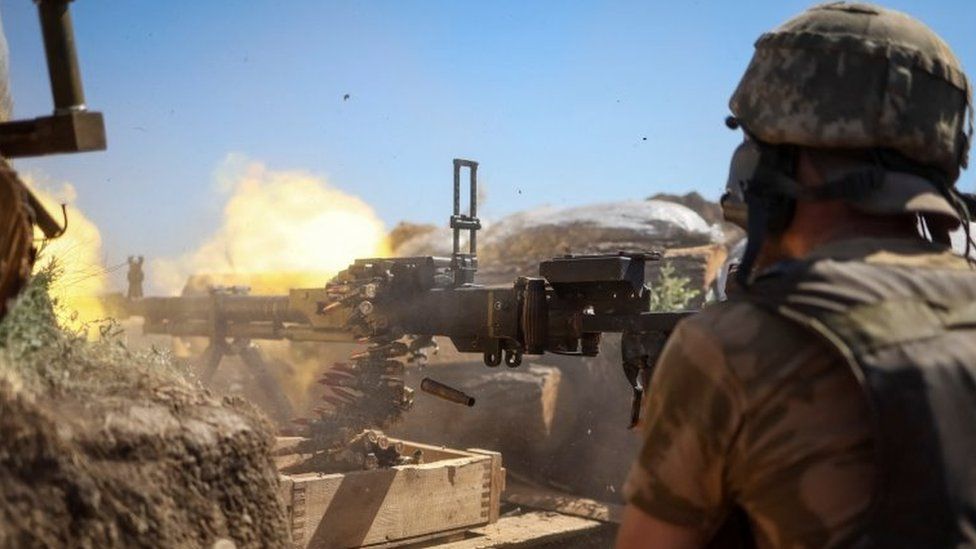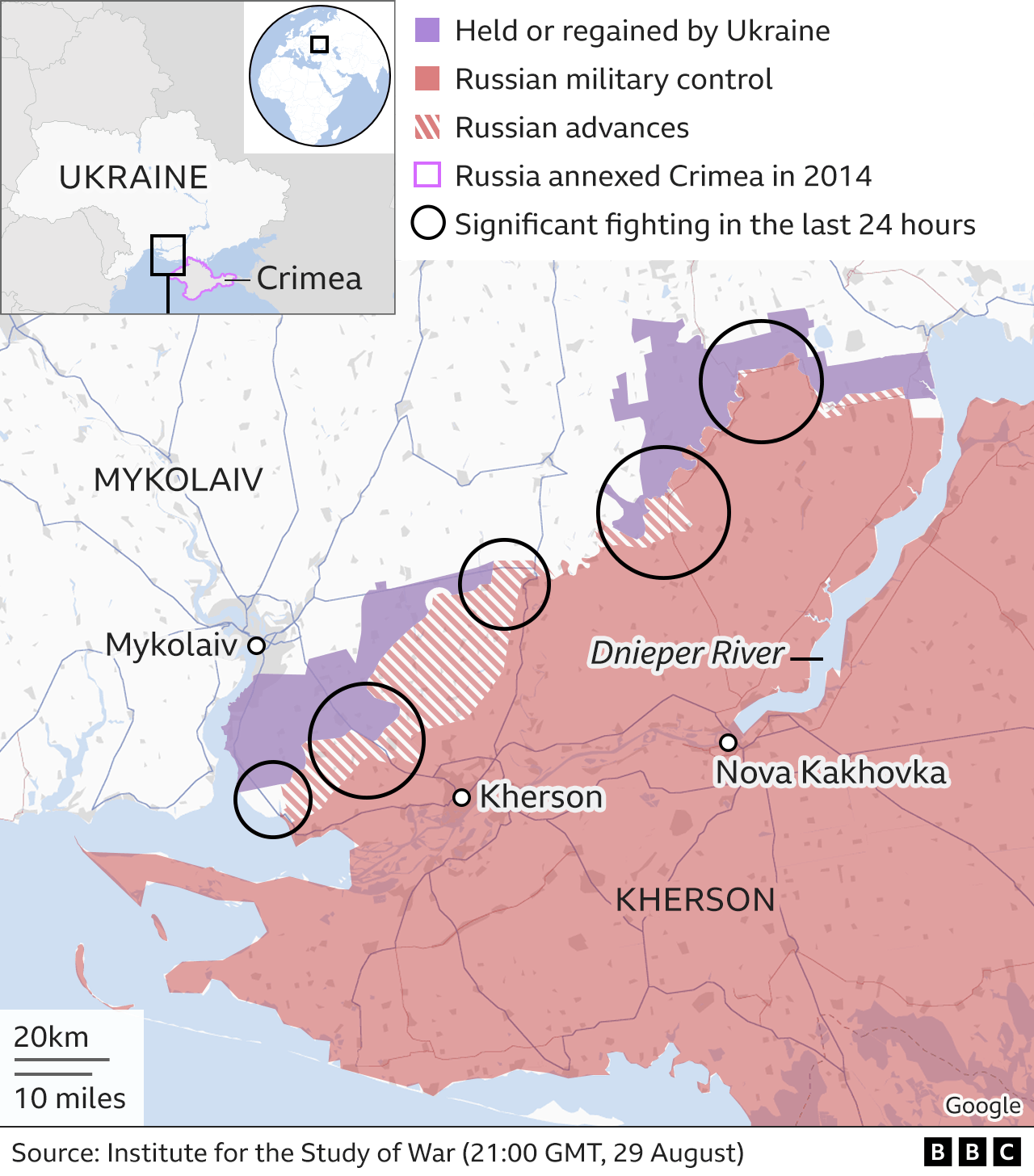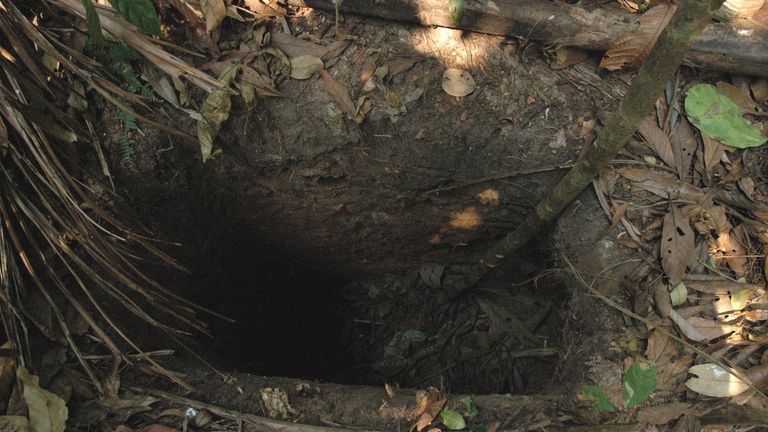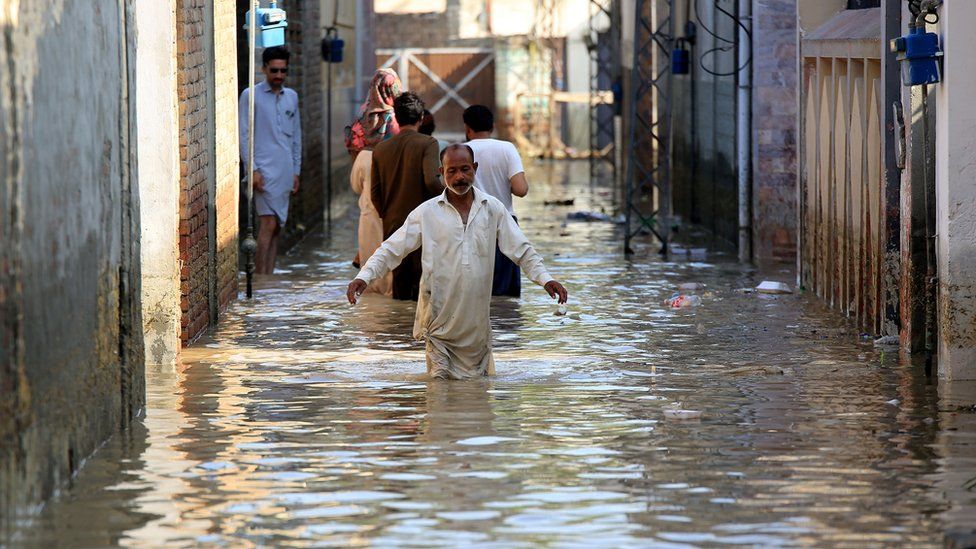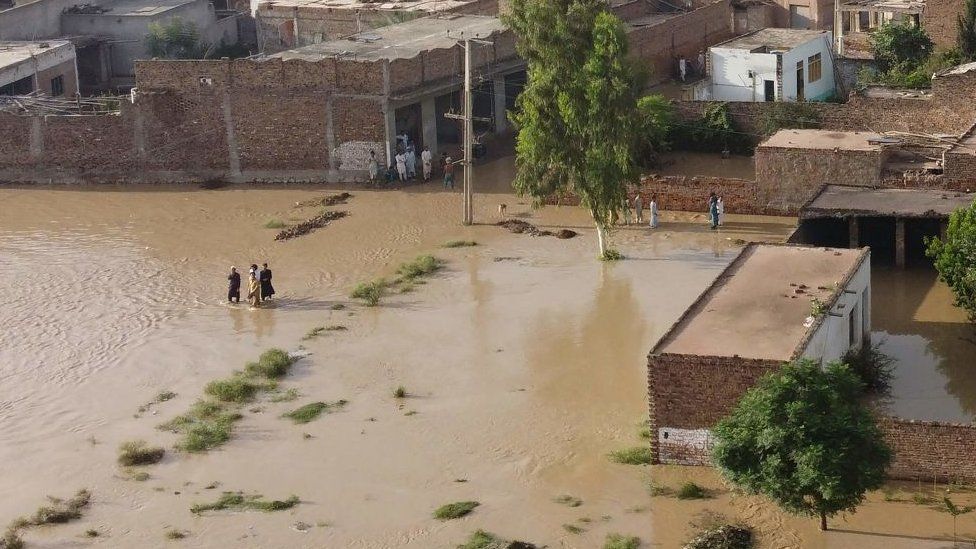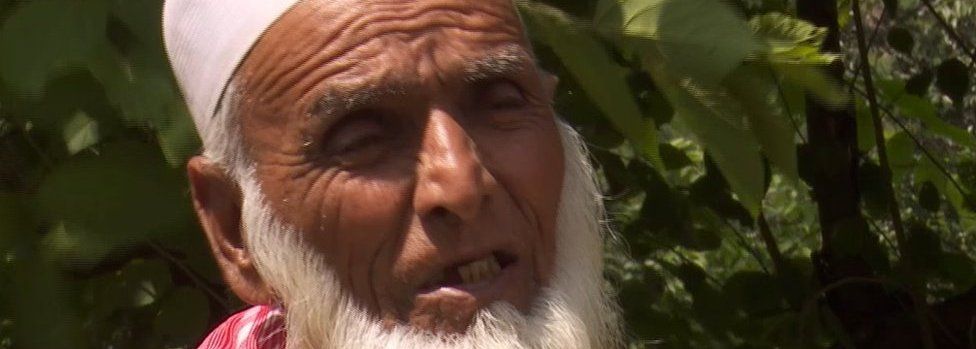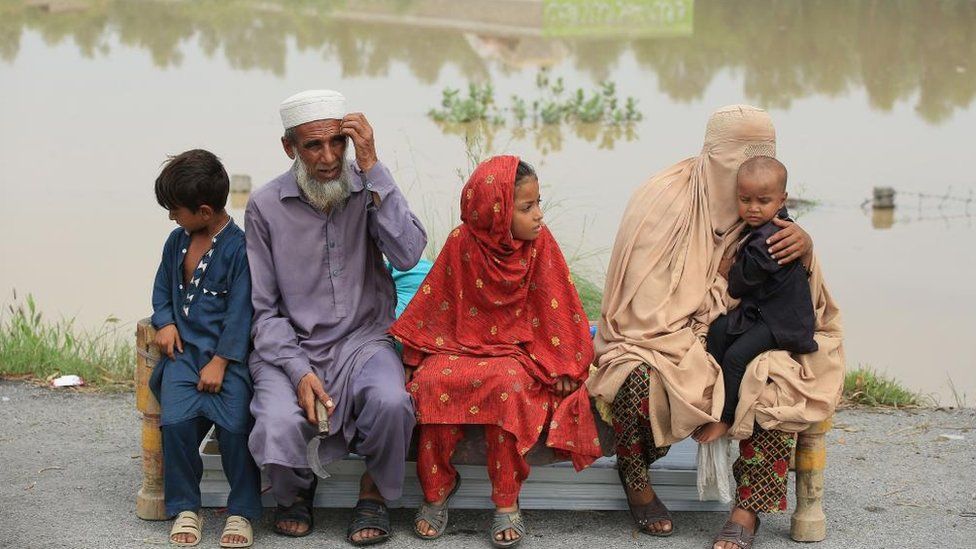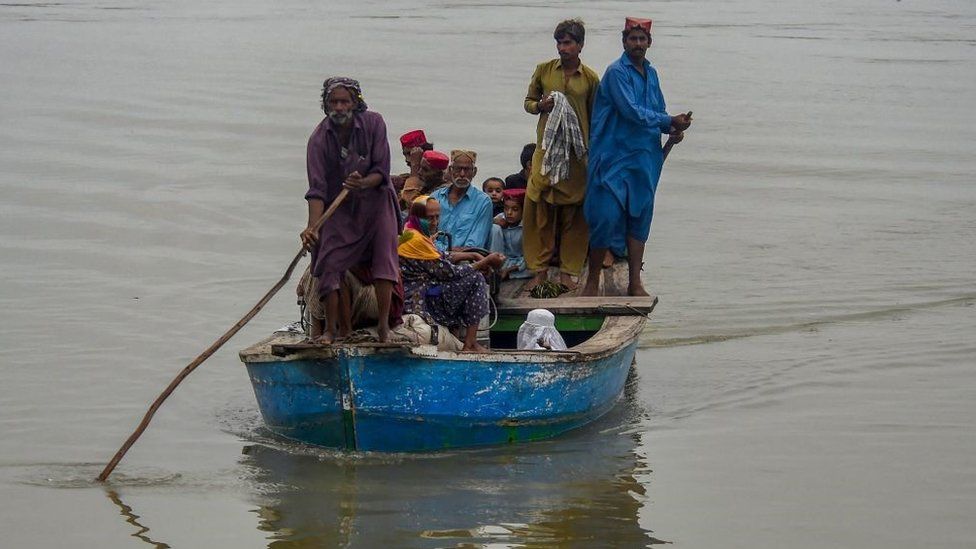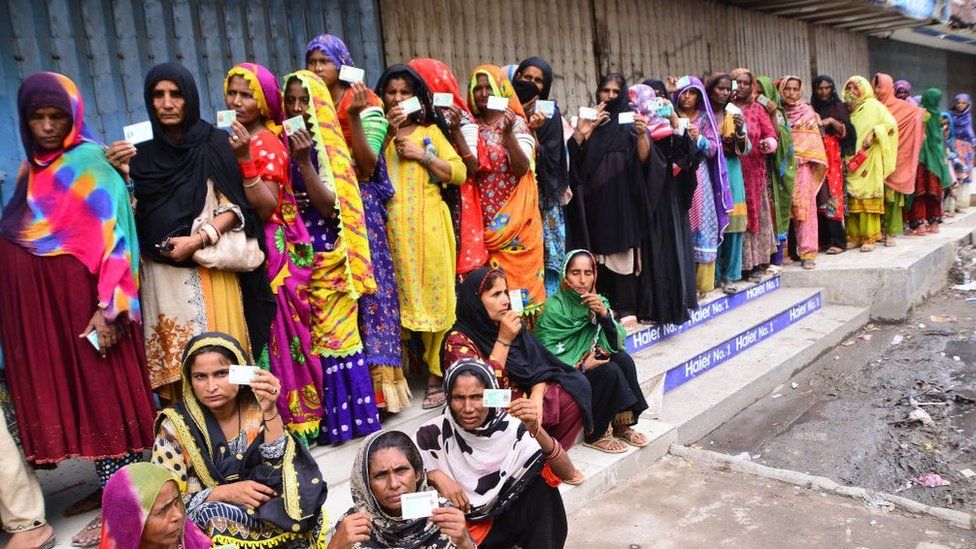
Eastern EU states bordering Russia have threatened to adopt “national measures” to slash the number of Russian citizens entering their countries and the bloc’s free-travel Schengen zone if the EU fails to agree on a collective approach.
The threat from the five member states came ahead of a meeting of the bloc’s foreign ministers on Wednesday to debate the issue, which has sharply divided the 27-member EU as it seeks to continue punishing Moscow for its invasion of Ukraine.
In a joint statement seen by the Financial Times, Poland, Finland, Estonia, Latvia and Lithuania demanded that the European Commission propose “respective measures on visas” that would “decisively decrease the flow of Russian citizens into the European Union and the Schengen area”.
“Until such measures are in place on the EU level, we will consider setting up temporary measures on the national level in order to address imminent public security issues related to the increased influx of Russian citizens across our borders,” they said.
The threat raises the stakes for Wednesday’s debate as Brussels seeks to maintain unity among its members while also continuing to punish Russia for its war against Ukraine.
“It is our national competence under the principle of national security to decide the issues of entry to our soil,” Estonia’s foreign minister Urmas Reinsalu told reporters as he arrived at the meeting.
About 700,000 Russians have entered the five countries since the onset of President Vladimir Putin’s full-scale invasion of Ukraine in late February. Most of them are tourists who use the border states as a gateway to travel to western EU countries for holidays.
“We believe that this could become a serious threat to public security,” the five countries said in the joint statement that also underlined the need to maintain “exceptions for dissidents as well as other humanitarian cases”.
“We need to continue to support opponents of the Putin regime and provide them with opportunities to leave Russia,” the statement added.
Countries such as Germany and France are opposed to any ban and have cautioned against “far-reaching restrictions on our visa policy”. They have instead called for the bloc to “closely scrutinise visa applications lodged by Russian nationals for potential security risks”.
Josep Borrell, the EU’s chief diplomat who chairs the foreign minister’s meeting, said on Wednesday that the bloc “cannot afford to appear to be disunited”.
“We know that there are different positions among different member states,” he said. “I will be working for a united position, a common position.”
Short of consensus on a ban, foreign ministers will use the meeting in Prague to agree instead on a suspension of a 2007 visa facilitation agreement with Moscow, which will make Russian visas more expensive, require more supporting documentation and entail longer waiting times.
The five countries said this suspension was “a necessary first step” but that it would not deter them from seeking more stringent measures to reduce the numbers of Russians entering their countries.
Latvia’s foreign minister Edgars Rinkēvičs said Riga would wait to see the outcome of the meeting to “see how we are going to proceed”.
Russia has condemned suggestions of a possible visa ban as “completely devoid of reason”.
The Kremlin has vowed to retaliate against the EU if the bloc goes ahead with plans to restrict visas for Russian citizens in response to the invasion of Ukraine.
Speaking to reporters on Wednesday, Dmitry Peskov, Putin’s spokesman, said “yet another portion of hostile actions against our citizens will demand our counter-reaction, if it occurs”, according to Interfax.
He did not specify what measures Russia would take and said they would depend on how far the EU went. “There’s nothing good about this. Their people will also have to deal with inconveniences when they come here. This is yet another spiral of this irrational Russophobian attitude towards our country.”
Additional reporting Max Seddon in Riga
https://news.google.com/__i/rss/rd/articles/CBMiP2h0dHBzOi8vd3d3LmZ0LmNvbS9jb250ZW50LzdlODU1MGI2LWViMDQtNGM1Yi04YTE5LWU0NmQ3NjIxNThkYdIBAA?oc=5
2022-08-31 07:56:40Z
1544988063
